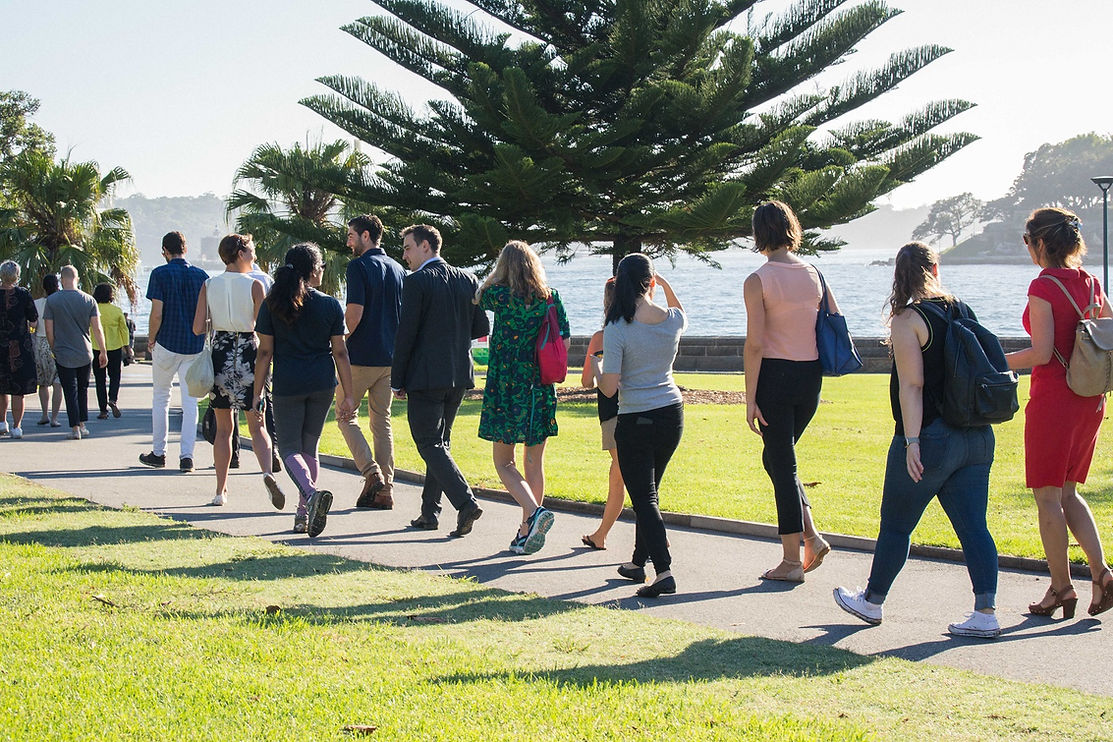We bring to life professional learning and business events in a whole new way... our passion is to create more natural, enriching and meaningful corporate development experiences.
With our unique network of facilitators, presenters, organisational learning specialists and nature guides, Gone Bush events and training programs have a real impact on the people, teams and cultures they serve.


Thank you!

Gone Bush Adventures has been delivering unique nature-based leadership experiences since 2014. From those early walks to countless moments of shared reflection and connection, we’re deeply grateful to every client, guide and friend who’s journeyed with us along the way.
As of 2025, Gone Bush has wrapped up its operations - but the spirit that inspired it lives on in the people and places we’ve walked alongside. This page remains here as a tribute to what we created together, and we love hearing from those whose paths crossed ours.
Thank you for being part of this story. See you on the trail.

ABOUT US
I’m a paragraph. Use this space to tell people more about what you do and the services you offer. Double click here or click Edit Text to get started.

ABOUT US
I’m a paragraph. Use this space to tell people more about what you do and the services you offer. Double click here or click Edit Text to get started.

ABOUT US
I’m a paragraph. Use this space to tell people more about what you do and the services you offer. Double click here or click Edit Text to get started.

Networking in Nature (NIN) continues to thrive. Originally born from Gone Bush Adventures, NIN is a vibrant, standalone walking-based gathering in Sydney's majestic Royal Botanic Gardens.
These walks create meaningful opportunities for people to connect, reflect and recharge in nature - sharing conversations and experiences in beautiful outdoor settings.
We’d love to see you at a future walk.
